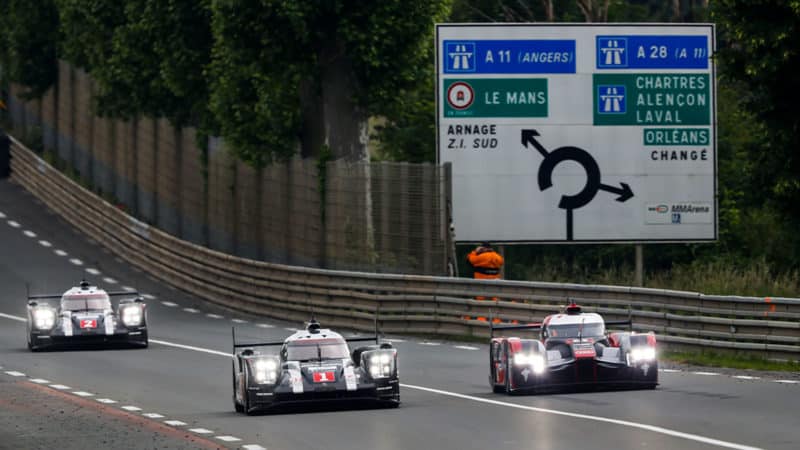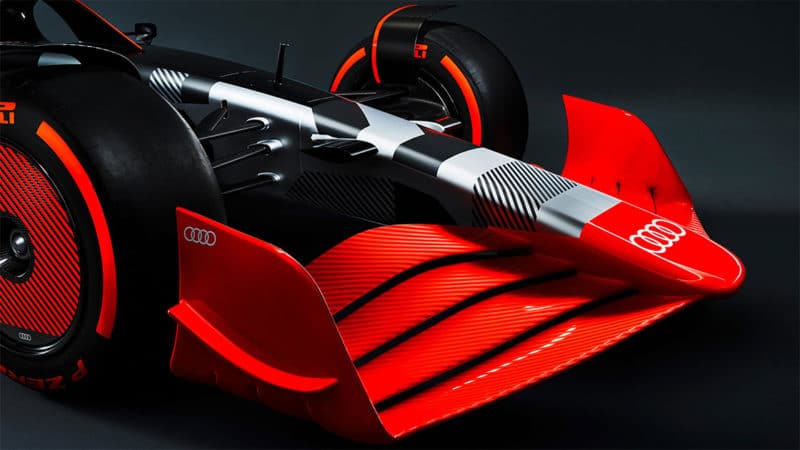Audi emphasised that the change in rules, plus F1’s recent boom in popularity, have made the championship an attractive proposition. The new PU regulations included removing the MGU-H component, using up to 50% electrical power and 100% sustainable fules.
Though Sauber is based at Hinwil in Swizerland, the new engine will be built at Audi’s motor sport facility in Neuberg, close to the its base in Ingolstadt. In announcing its F1 participation, Audi also confirmed it is discontinuing its proposed LMDh programme.
“Motor sport is an integral part of Audi’s DNA,” said Audi CEO Markus Duesmann. “Formula 1 is both a global stage for our brand and a highly challenging development laboratory. The combination of high performance and competition is always a driver of innovation and technology transfer in our industry. With the new rules, now is the right time for us to get involved. After all, Formula 1 and Audi both pursue clear sustainability goals.”
“In view of the major technological leaps that the series is making towards sustainability in 2026, we can speak of a new Formula 1. Formula 1 is transforming, and Audi wants to actively support this journey,” added member of the board for technical development Oliver Hoffmann.

Just as it has done at Le Mans, Audi will now do battle with Porsche in F1
DPPI
“A close link between our Formula 1 project and AUDI AG’s Technical Development department will enable synergies.”
F1 Stefano Domenicali, once CEO of Audi brand Lamborghini, has been key in brokering negotiations.
“I am delighted to welcome Audi to Formula 1, an iconic automotive brand, pioneer and technological innovator,” he said.
“This is a major moment for our sport that highlights the huge strength we have as a global platform that continues to grow. It is also a big recognition that our move to sustainably fuelled hybrid engines in 2026 is a future solution for the automotive sector.
“We are all looking forward to seeing the Audi logo on the grid and will be hearing further details from them on their plans in due course.”


